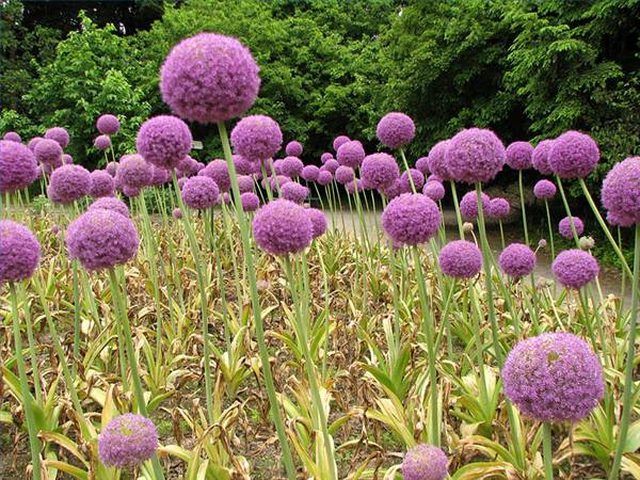Bulbs
Flower Basics
Flower Beds & Specialty Gardens
Flower Garden
Garden Furniture
Garden Gnomes
Garden Seeds
Garden Sheds
Garden Statues
Garden Tools & Supplies
Gardening Basics
Green & Organic
Groundcovers & Vines
Growing Annuals
Growing Basil
Growing Beans
Growing Berries
Growing Blueberries
Growing Cactus
Growing Corn
Growing Cotton
Growing Edibles
Growing Flowers
Growing Garlic
Growing Grapes
Growing Grass
Growing Herbs
Growing Jasmine
Growing Mint
Growing Mushrooms
Orchids
Growing Peanuts
Growing Perennials
Growing Plants
Growing Rosemary
Growing Roses
Growing Strawberries
Growing Sunflowers
Growing Thyme
Growing Tomatoes
Growing Tulips
Growing Vegetables
Herb Basics
Herb Garden
Indoor Growing
Landscaping Basics
Landscaping Patios
Landscaping Plants
Landscaping Shrubs
Landscaping Trees
Landscaping Walks & Pathways
Lawn Basics
Lawn Maintenance
Lawn Mowers
Lawn Ornaments
Lawn Planting
Lawn Tools
Outdoor Growing
Overall Landscape Planning
Pests, Weeds & Problems
Plant Basics
Rock Garden
Rose Garden
Shrubs
Soil
Specialty Gardens
Trees
Vegetable Garden
Yard Maintenance
How to Care for Alliums
How to Care for Alliums. Alliums are a large species of perennial vegetables grown from bulbs. The most commonly seen alliums are onions, garlic, chives, leeks and shallots. Many are grown for food; some are grown for their highly decorative flowers, which can be used as cut fresh flowers in arrangements or dried for long-term decorative use or...

Alliums are a large species of perennial vegetables grown from bulbs. The most commonly seen alliums are onions, garlic, chives, leeks and shallots. Many are grown for food; some are grown for their highly decorative flowers, which can be used as cut fresh flowers in arrangements or dried for long-term decorative use or seed capture. Allium bulbs are dried after harvest and have a long shelf life if kept in cool and dry conditions. In the garden alliums are very low maintenance, growing in a range of soil conditions and naturally repelling most animals and pests with their onion odor.
Things You'll Need
Rich, well-drained soil
Hand weeder or cultivator
Water
Water-soluble, food-safe, general-purpose fertilizer
Sharp, clean secateurs
Plant decorative and edible allium bulbs in rich, well-drained soil with a compost component in the fall so they can settle in and run roots well before winter. Water lightly at planting.
Begin watering your alliums consistently and evenly, providing at least a half-inch of water every week starting in early spring and continue through their flowering.
Fertilize alliums with organic compost, aged manure or a water-soluble, general-purpose fertilizer a few times in spring.
Be vigilant in monitoring and pulling weeds out by the root around your alliums to ensure all nutrients go into the bulb's development.
Harvest allium blooms from mid-spring through summer by cutting the flower stalk at its base with clean, sharp secateurs and placing the flower in a clean vase filled with cool water.
Harvest edible allium onion bulbs in the fall as their tops begin to brown and wither. Chives can be harvested as they mature by simply cutting them just above the soil level with clean secateurs or shears. Summer leeks should be pulled from their holes in season, and overwintering leeks can be left in the ground for use as needed. Harvest garlic in the summer when its leaves are half green and half brown and dying.